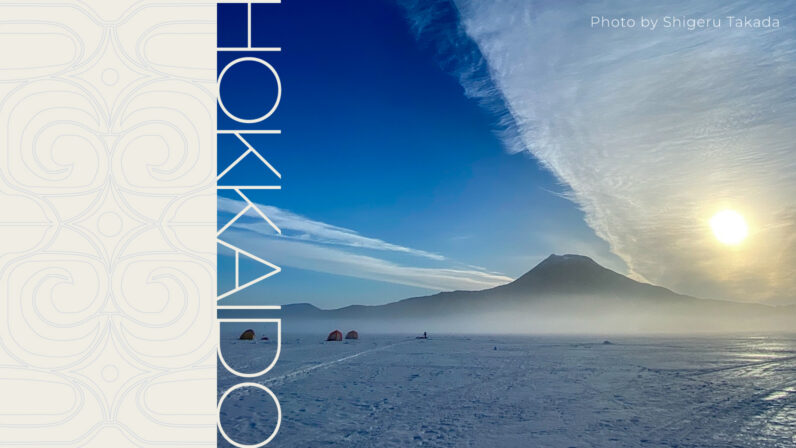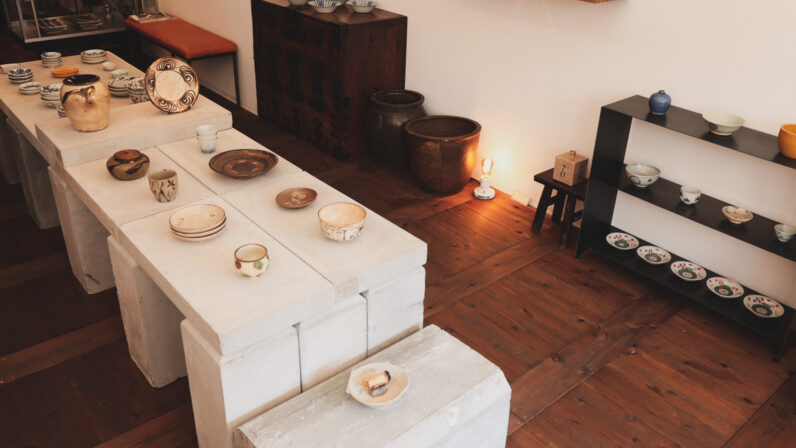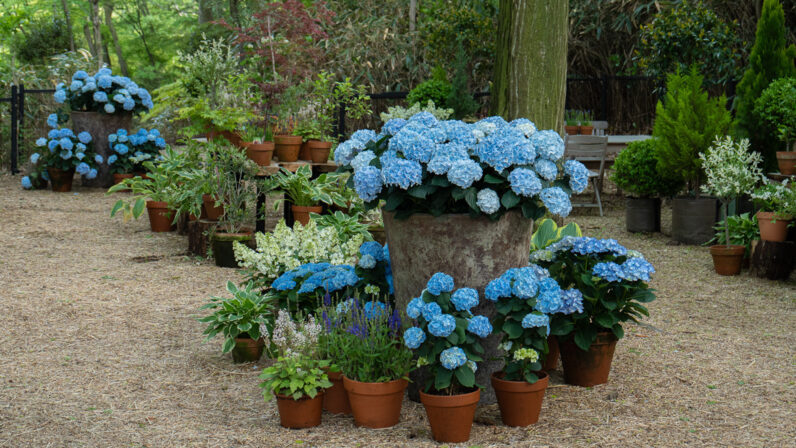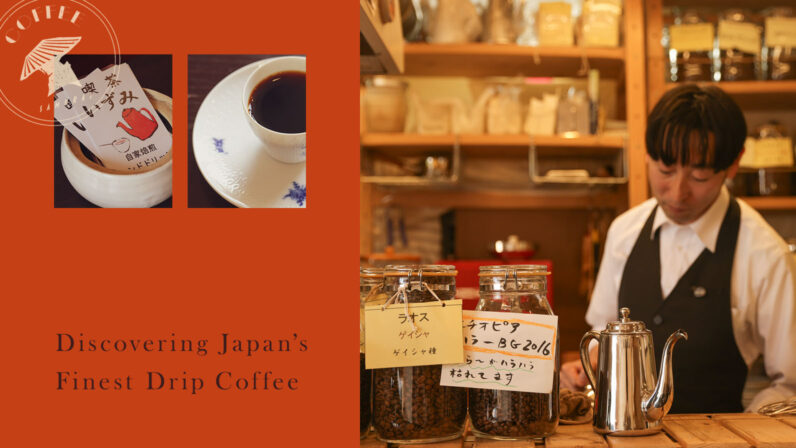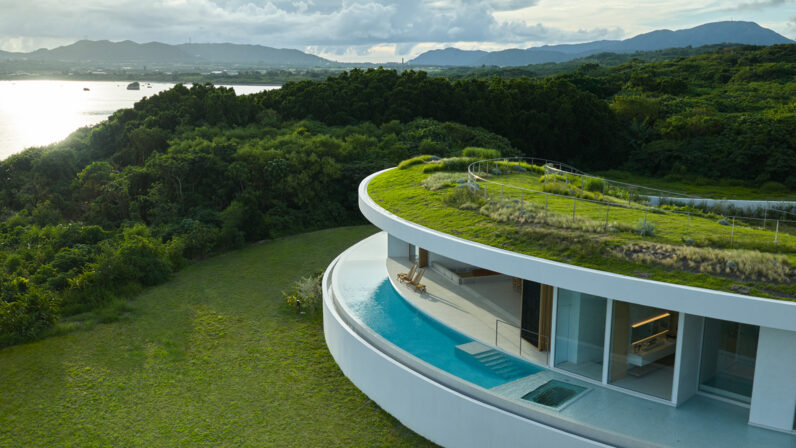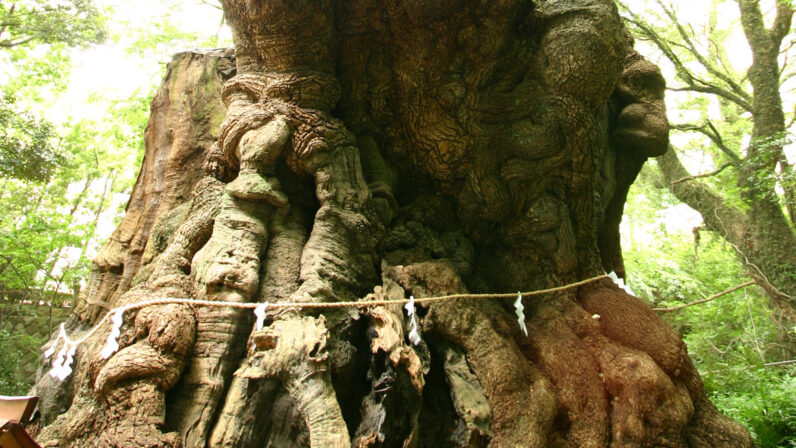When you think of Abashiri, what comes to mind? For many Japanese, it’s likely ‘Abashiri Prison.’ Once known as Japan’s toughest prisons, deemed impossible to escape from. The hugely popular manga series ‘Golden Kamuy’ was adapted into a live-action film in January this year. Set in late Meiji-era Hokkaido, the story follows escaped prisoners searching for Ainu hidden treasure, using their tattoos as clues. Abashiri Prison, where these tattooed inmates were incarcerated, frequently appears in the series. If you’re intrigued, check out the manga, anime, or the live-action adaptation.

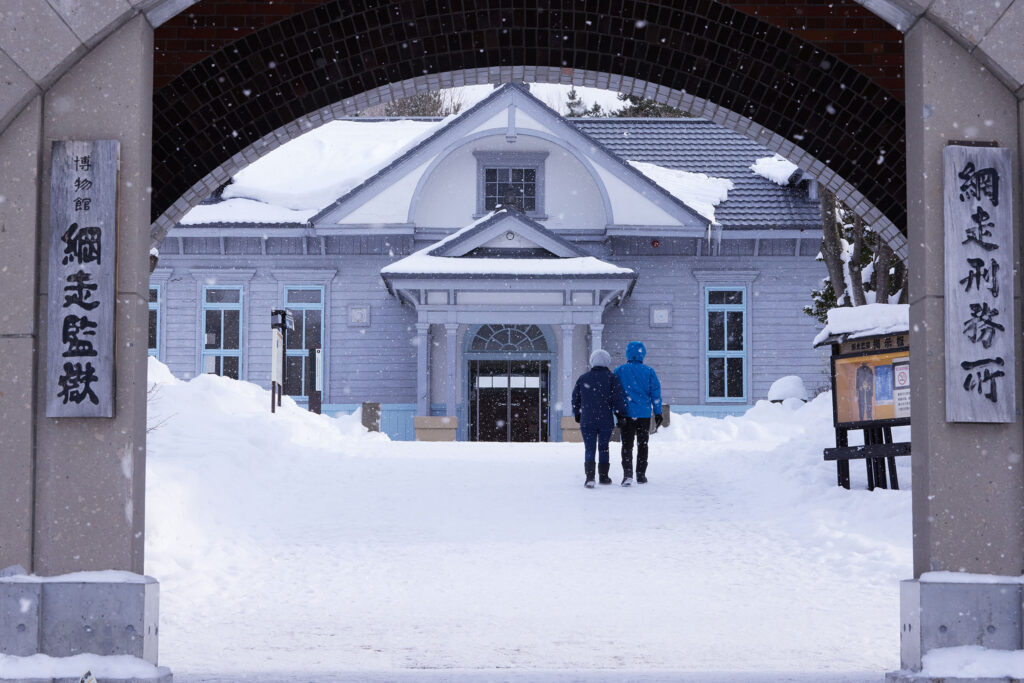
The Frozen Heart of the North: Abashiri Prison
Shortly after the Meiji Restoration, Japan was grappling with lingering social unrest. With internal conflicts escalating and numerous cases of state and political offenses, prisons across the nation became overcrowded. To address this situation, the government established penal colonies in Hokkaido to detain serious offenders. Feeling threatened by Russia, the Japanese government decided to utilize prisoners as a cheap labor force for the defense and development of Hokkaido.
In the early years of the Meiji era, several penal colonies were established in Hokkaido: Kabato Penal Colony in 1877, Sorachi Penal Colony in 1878, and Kushiro Penal Colony in 1885. Then, in 1890, the Abashiri Prisoner Branch Office (Abashiri Prison) was built in Abashiri, which was just a small fishing village with a population of 631 at the time. As the staff settled in the area, followed by an increase in population, merchants began to visit, gradually shaping the village into a town.
The present-day ‘Abashiri Prison Museum’ is a reconstructed version of the original site, relocated to a different location. It serves as an outdoor museum, preserving the historical wooden structures used during that period and designated as an important cultural property by the government.
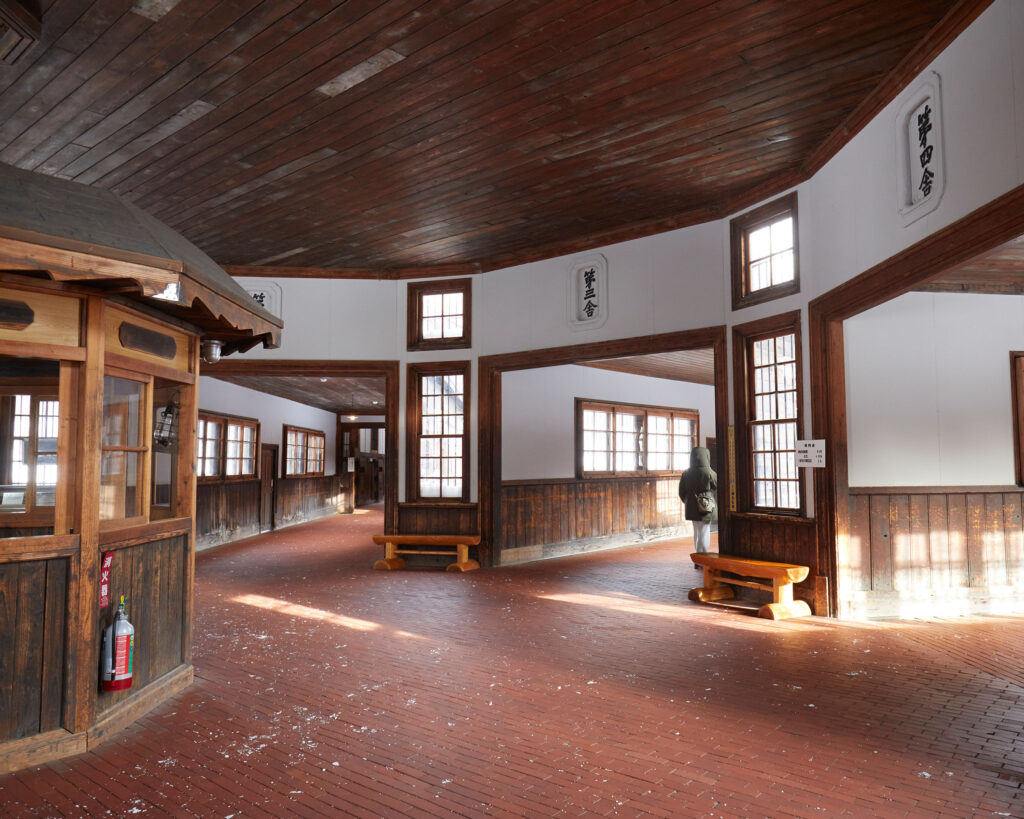
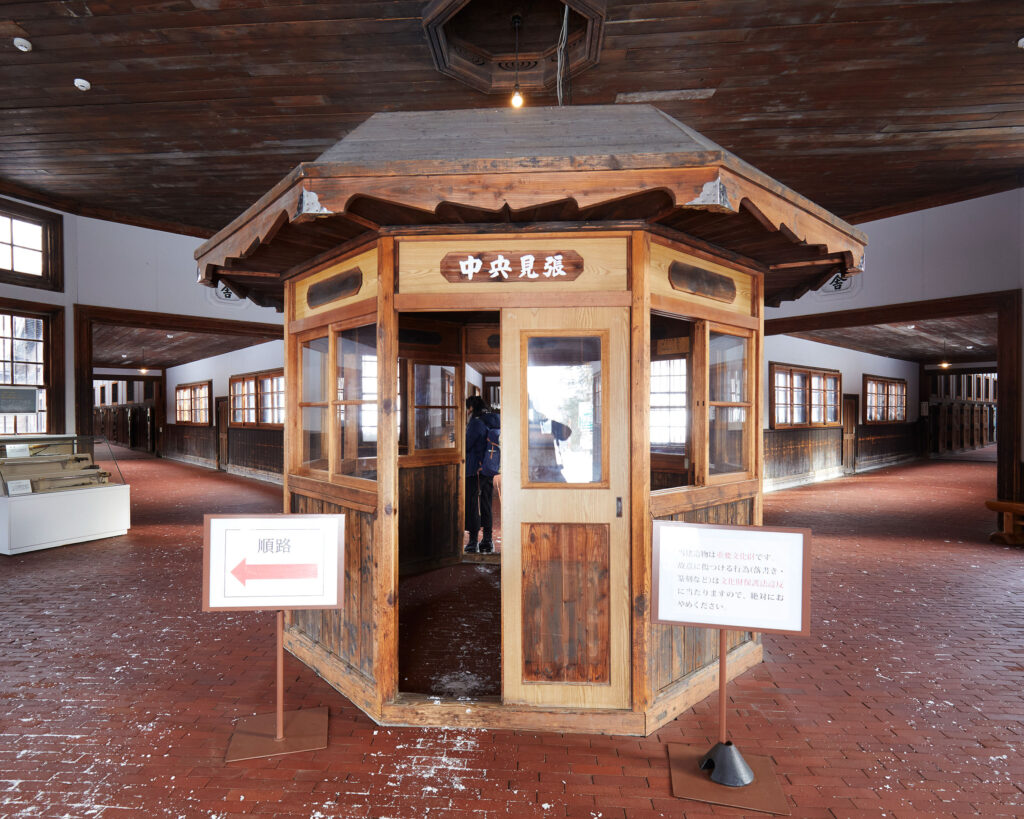
Central Guard Post
The unique structure, known as the ‘Five-Winged Radial Single-Story Barracks,’ comprises five wings extending from the central guard post. This layout enables the monitoring of all cell blocks with minimal staff. Inspired by Belgium’s Louvain Prison, it served as an active facility within Abashiri Prison from 1912 to 1984, spanning over 70 years. Today, it remains the world’s oldest wooden barracks of its kind.

One of the barracks seen from the central guard post
There are historical records that mention the intense cold of winter in Abashiri Prison at the time. These records evoke vivid images of the prisoners’ harsh and extraordinary lives. It’s hard to imagine enduring a sentence here, let alone attempting an escape. The thought of trying to survive the winter feels daunting enough to freeze the heart. For those who want to truly immerse themselves in the storied history of Hokkaido’s development, experiencing winter firsthand is highly recommended.
Museum: Abashiri Prison https://www.kangoku.jp/multilingual_english/ Address: 1-1 Yobito, Abashiri, Hokkaido, 099-2421 TEL: 0152-45-2411
Abashiri’s rise as a thriving town often credits Abashiri Prison and its inmates, but even before them, the presence of earlier visitors left its mark on the region’s name. The term ‘Abashiri’ is believed to originate from the Ainu phrase ‘A-pa-shiri,’ meaning ‘our discovered land,’ or ‘Apa-shiri,’ referring to an ‘entrance area.’ Recent DNA studies suggest a theory that the ethnic group giving rise to the Ainu people migrated from Sakhalin to Abashiri.
Near Abashiri Prison, you’ll find the Hokkaido Museum of Northern Peoples, a unique establishment dedicated to northern cultures. It features a special section highlighting the prehistoric Okhotsk culture, deeply intertwined with Northeast Asia. The museum also features an extensive collection of artifacts from Sakhalin’s indigenous Uilta and Nivkh tribes, offering insights into their differences and similarities. It’s a destination worth exploring alongside a visit to Abashiri Prison.
Hokkaidō Museum of Northern People
https://hoppohm.org/english/index.htm
Address: 309-1 Shiomi, Abashiri, Hokkaido, 093-0042
TEL: 0152-45-3888
A Rare Drift Ice Experience Only Seen in the Arctic Circle
Another reason to visit Abashiri in winter is the presence of drift ice. While many mainland Japanese might instinctively associate drift ice with the sea of Hokkaido, the reality is that witnessing drift ice is a rarity, limited to just a few areas within the Arctic Circle worldwide. Hokkaido stands as the sole location in Asia where one can experience this phenomenon. What’s less known is that only three spots along the Sea of Okhotsk—Abashiri, Monbetsu, and Shiretoko-Utoro-Rausu—offer the opportunity to witness drift ice. Furthermore, due to weather conditions, there’s only a 20% chance of spotting it with the naked eye, making it as reliant on luck as observing the aurora.
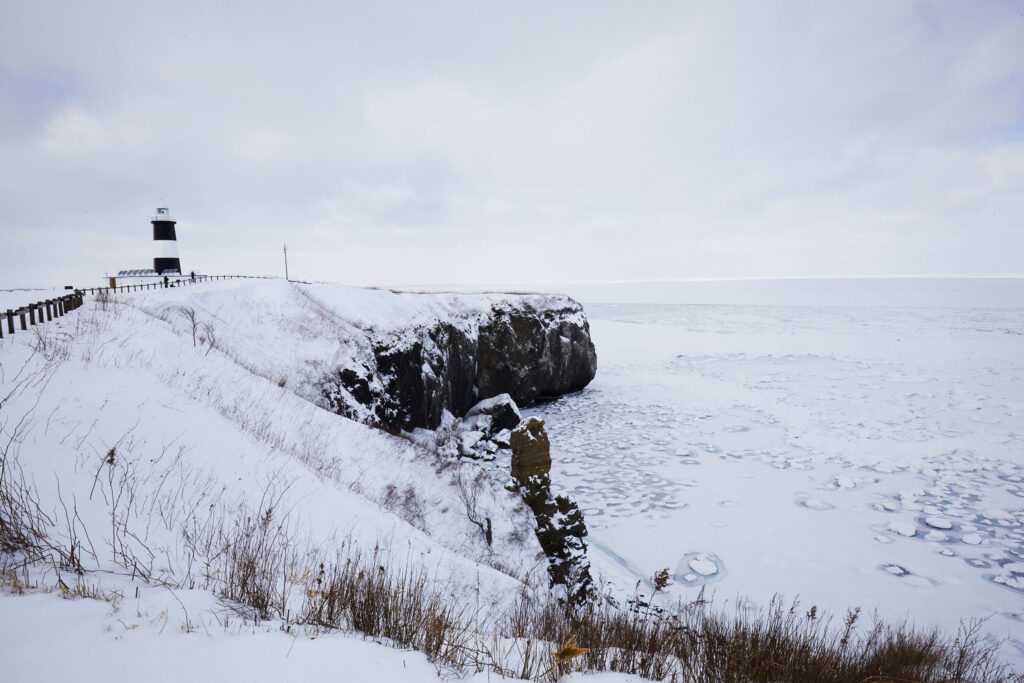
Notoro Cape, with its name derived from the Ainu language meaning ‘place of the cape,’ is a promontory extending into the Sea of Okhotsk. At its tip stand only a lighthouse and an administrative office. To the west lie Lake Notoro and the coastline of Tokoro Town, while to the north stretches the expanse of the Sea of Okhotsk. In the east, one can catch a glimpse of the distant Shiretoko mountain range. During winter, it’s the earliest spot in Abashiri City to witness drift ice.
Drift ice drifts across the Sea of Okhotsk, propelled by wind and waves, gradually thickening as it reaches the coastline. Watching the drama series ‘Kita no Kuni Kara: 2002 Yuigon’ before visiting would enhance the experience, as it features memorable scenes with drift ice. Recently, activities such as drift ice trekking and kayaking through the ice have gained popularity. Participants are advised to wear dry suits for safety, but the thought of falling into the freezing sea is enough to send chills down anyone’s spine. Interestingly, seawater freezes at minus 1.8 degrees Celsius, making it slightly warmer than the air temperature… but that’s no reason to take a plunge. Nevertheless, gazing upon the expanse of the Sea of Okhotsk and the drift ice from Notoro Cape allowed me to feel connected to the Earth and left me thoroughly fulfilled.
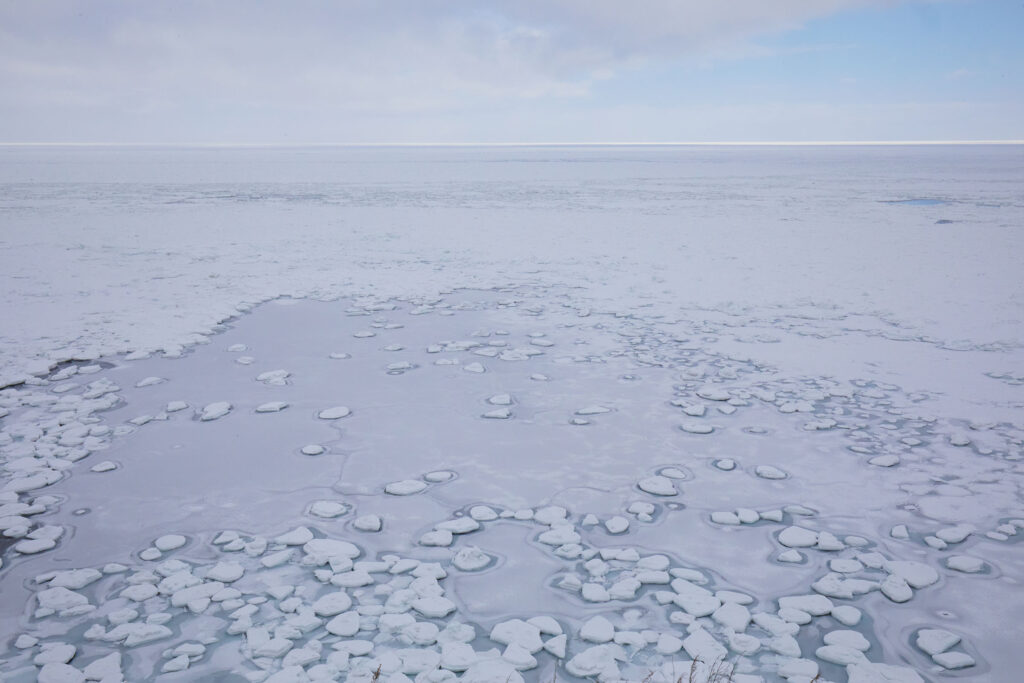
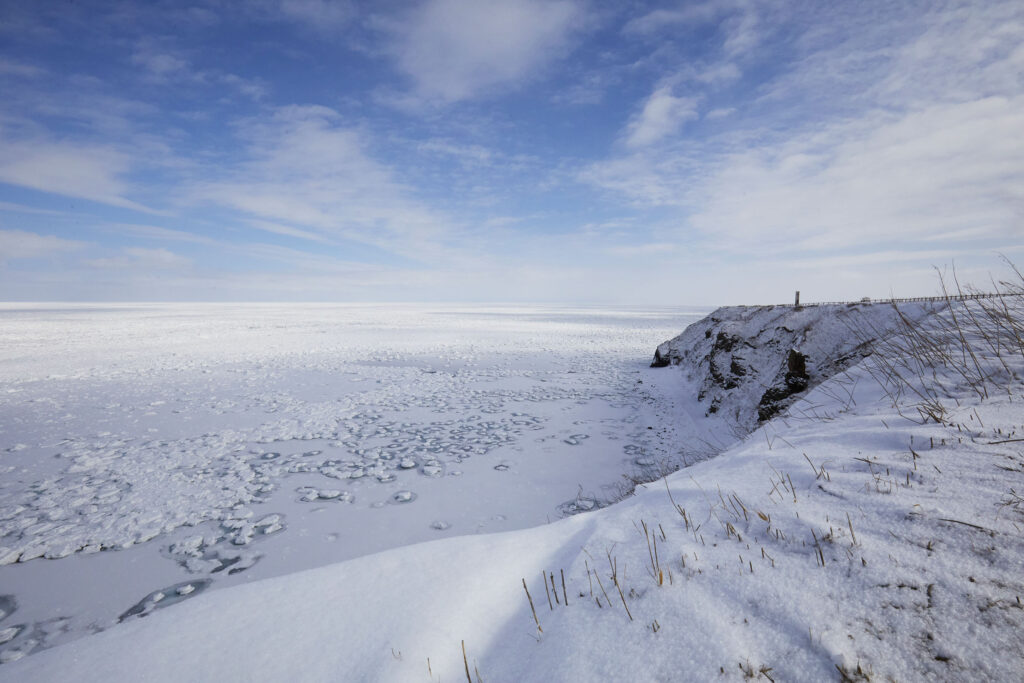
Temperature Swing: 100 Degrees – From Extreme Cold to Sauna Paradise
If you’re feeling frozen to the core, there’s a sauna you should check out. It’s called ‘IZUBA’ and it’s part of the Tsuruga Resort Group, well known among sauna enthusiasts and supervised by Miki Sasano, founder of ONEBLOW and a sauna total producer. This sauna features a unique ten-sided design around the sauna stove and offers a Finnish-style auto-löyly sauna experience where both men and women can enter with swimwear.
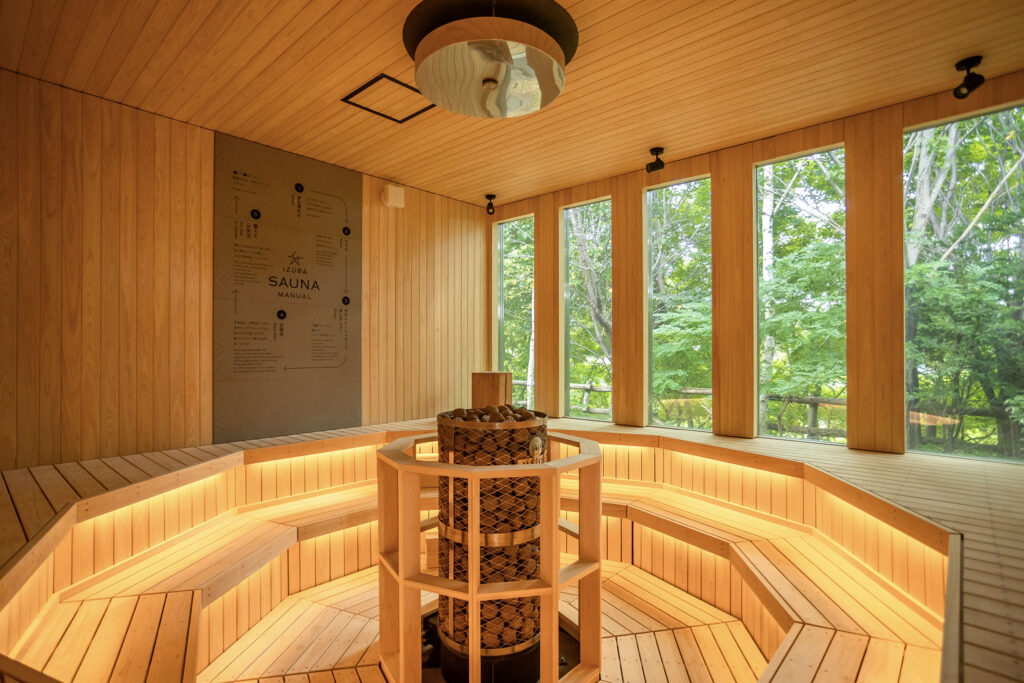
Inside the Sauna Room
Through the expansive windows, you can immerse yourself in the surrounding forest, while birds continuously come and go. This sauna, nestled amidst snowy landscapes, emphasizes the concept of forest bathing. Transitioning from a frigid minus 10 degrees Celsius to a sauna exceeding 90 degrees Celsius, the temperature difference is an astounding 100 degrees. The cold-water bath is even warmer than the outside air, offering a luxurious sensation of relaxation and togetherness while gazing at the snow.
Unfortunately, at present, the sauna cannot be used separately; it is part of the HILL TOP VILLAGE IZUBA facility. IZUBA comprises five villa buildings (some of which are notably pet-friendly), featuring exteriors inspired by traditional Okhotsk culture houses. The interiors, sunken below ground level like pit dwellings, provide a sense of openness with close proximity to nature, accentuating the spaciousness of the area.
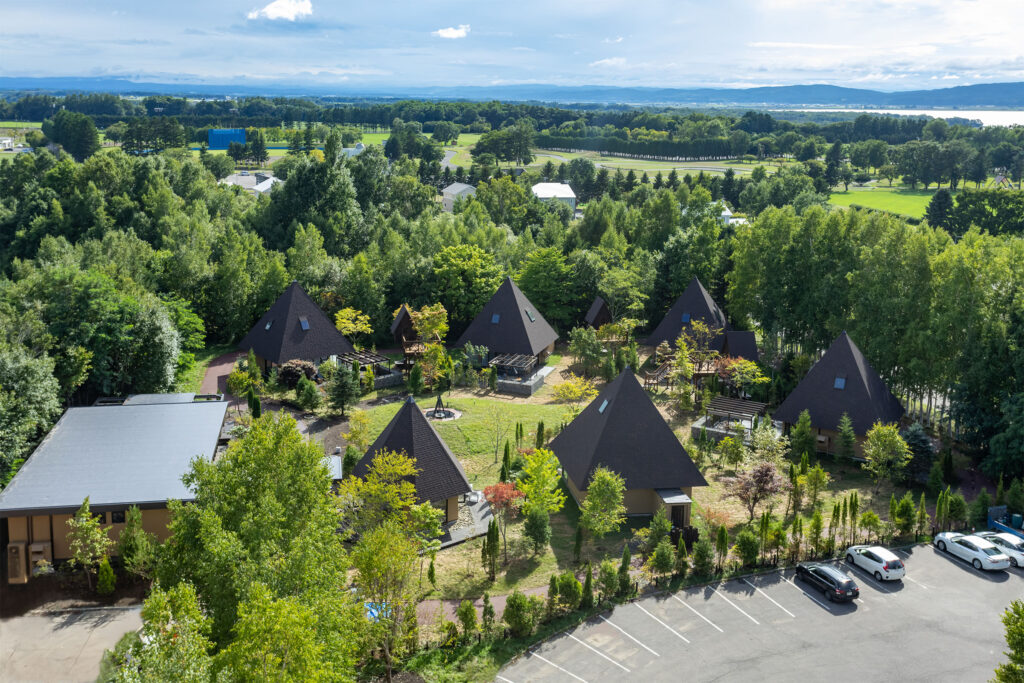
Aerial View of IBUZA
HILLTOP VILLAGE IZUBA
https://www.hokutennooka.com/izuba/
Address: 159 Yobito, Abashiri, Hokkaido 099-2421
TEL 0152-48-3211
Abashiri and the coastal areas along the Sea of Okhotsk are frequently referred to as the northernmost frontier due to the harshness of winter. However, Abashiri serves as a gateway to northern cultures, as evidenced by the drift ice carried by ocean currents, creating a unique cultural enclave within Eastern Hokkaido. Furthermore, exploring winter in Abashiri offers a profound insight into Japanese history, providing a depth of knowledge not commonly found in urban centers like Niseko or Sapporo. It’s an experience guaranteed to leave you in awe with its fascinating history, rich culture, luxurious saunas, and stunning natural phenomena.



